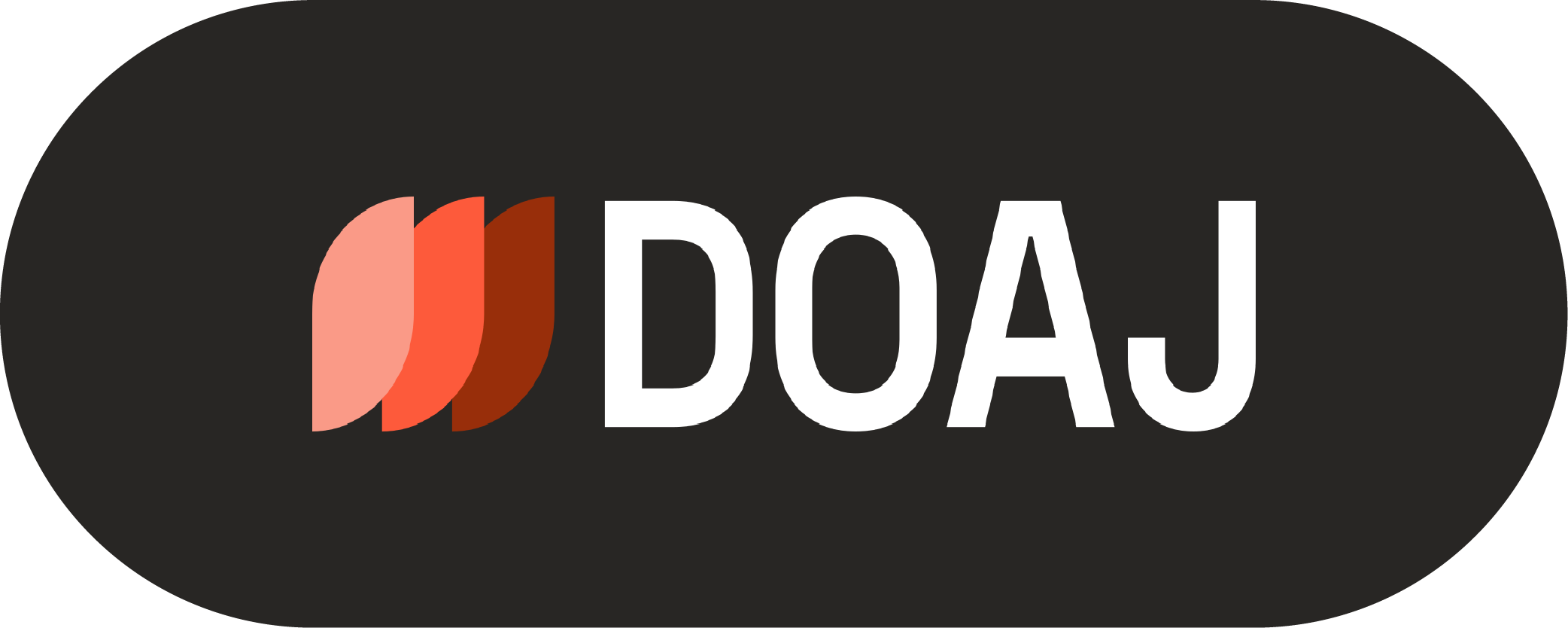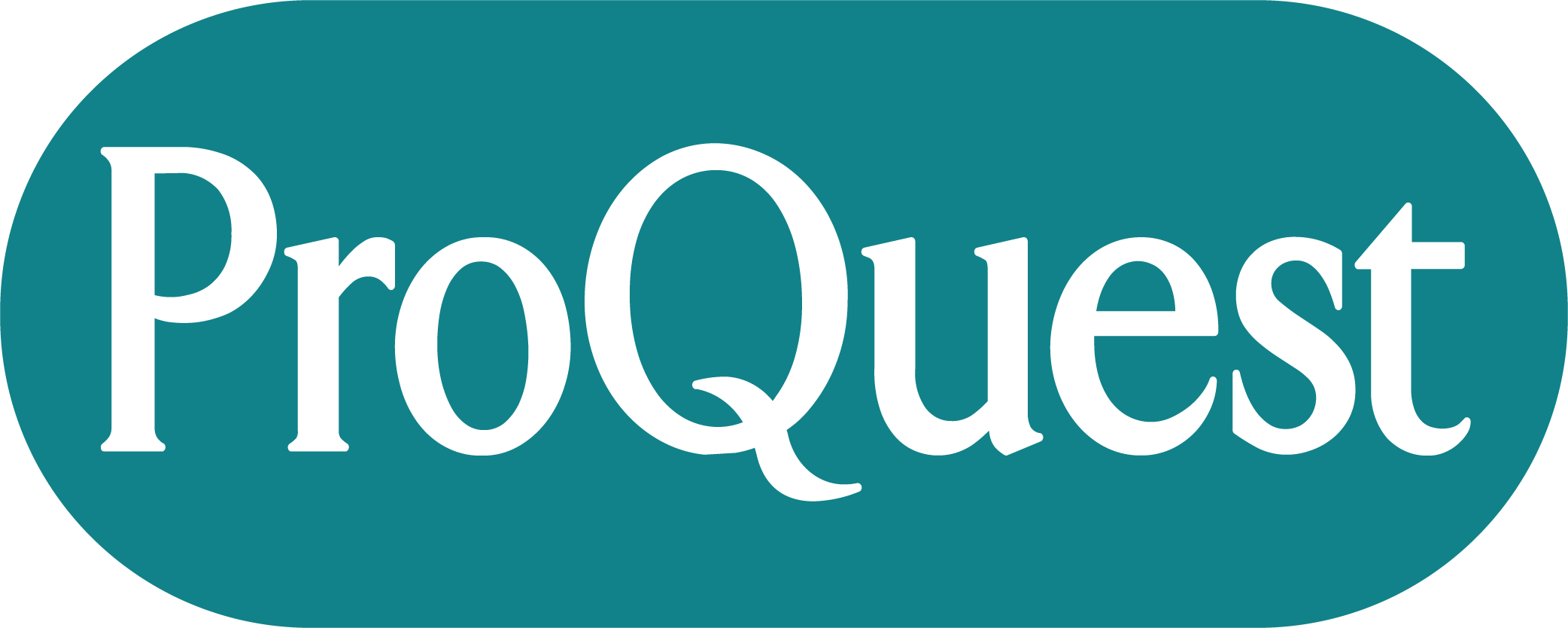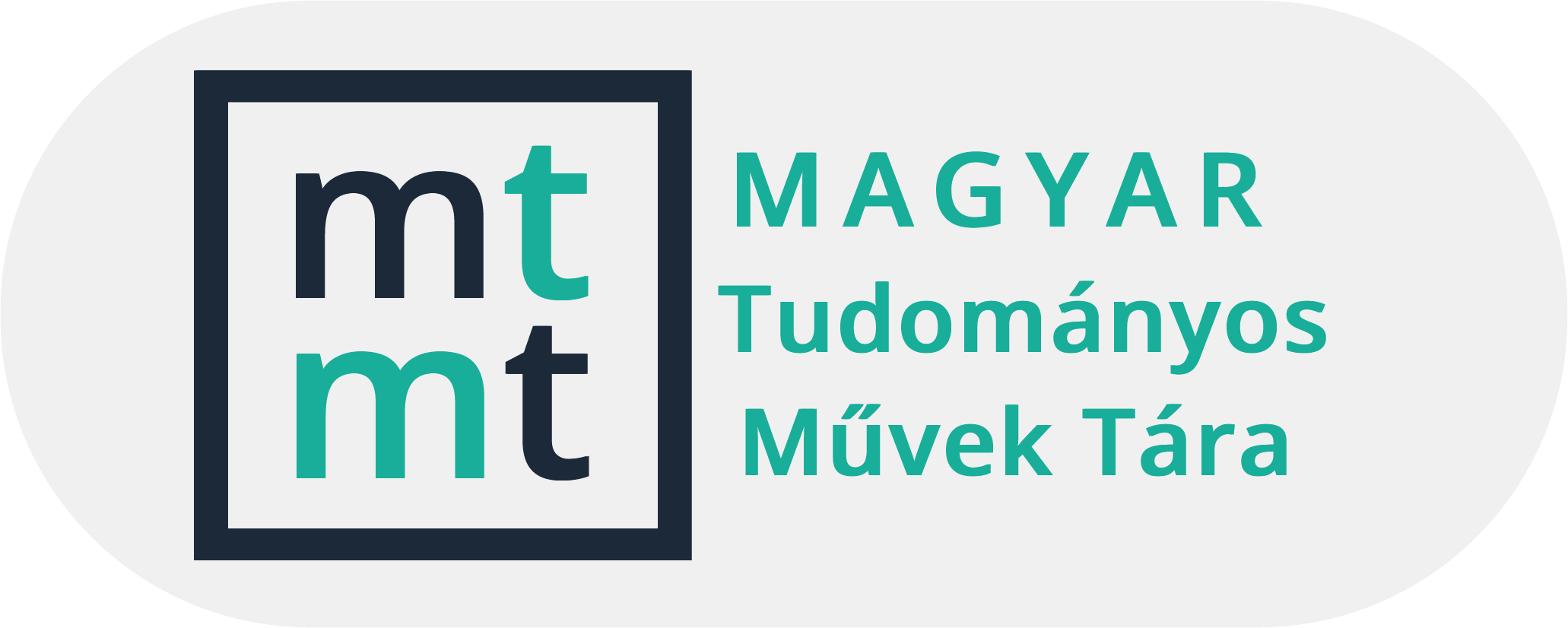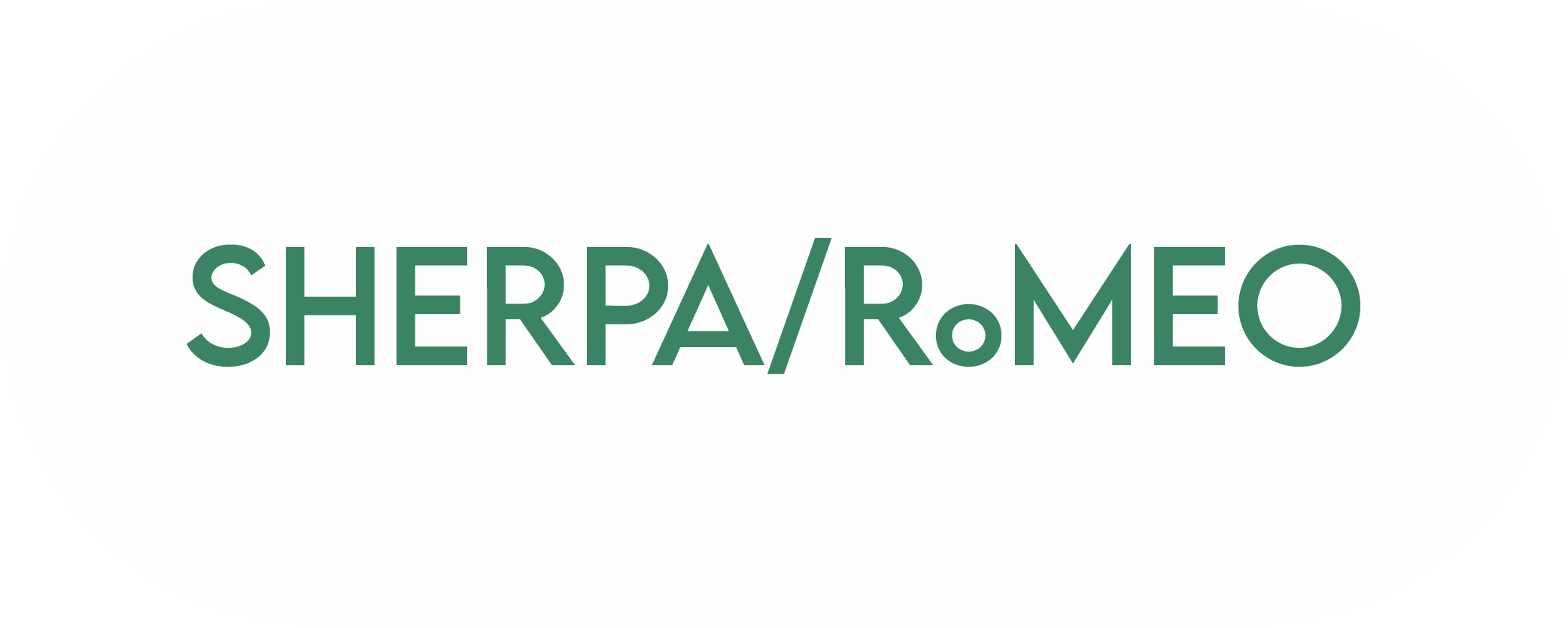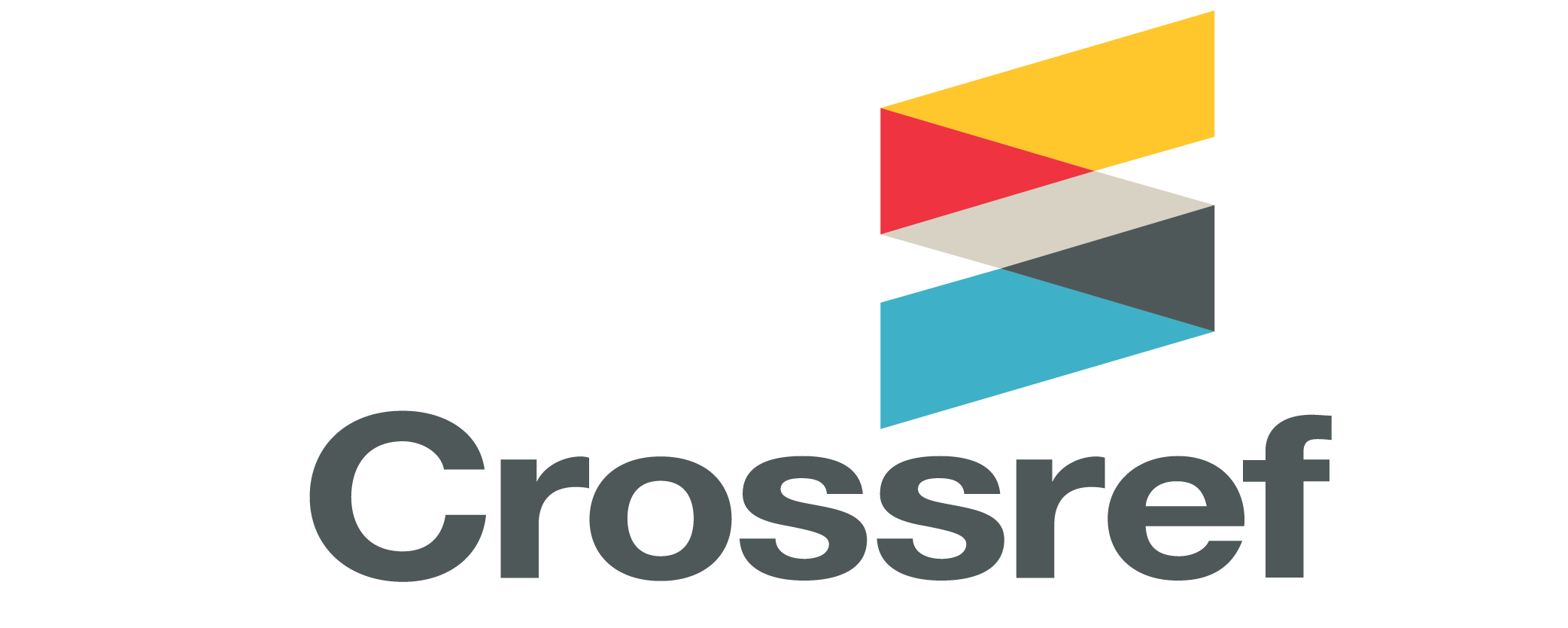Search
Search Results
-
Cooperative learning in teaching mathematics: the case of addition and subtraction of integers
117-136Views:99In the course of teaching and learning mathematics, many of the problems are caused by the operations with integers. My paper is a presentation of an experiment by which I tried to make the acquisition of these operations easier through the use of cooperative methods and representations. The experiment was conducted in The Lower-Secondary School of Paptamási from Romania, in the school year 2009-2010. I present the results of the experiment. -
CALIBRATE and CAS/DGS resources
267-279Views:89The CALIBRATE project was initiated by the EU with the goal of expanding the use of ICT in education by increasing the amount of available learning resources via resource exchange. Although CAS/DGS can be used to easily create high quality learning resources which are also easily adaptable across national boundaries, such resources are difficult to find at CALIBRATE portals. We believe that this is due to CAS/DGS still being rather exotic to most of the people as well as with the common problem of finding existing appropriate resources. A possible solution is for CALIBRATE portals to properly equip existing and forthcoming CAS/DGS resources with suitable metadata and to provide some integration with CAS/DGS tools, enabling both beginners and power users to create and exchange CAS/DGS resources. -
Metacognition – necessities and possibilities in teaching and learning mathematics
69-87Views:161This article focuses on the design of mathematics lessons as well as on the research in mathematics didactics from the perspective that metacognition is necessary and possible.
Humans are able to self-reflect on their thoughts and actions. They are able to make themselves the subject of their thoughts and reflections. In particular, it is possible to become aware of one’s own cognition, which means the way in which one thinks about something, and thus regulate and control it. This is what the term metacognition, thinking about one’s own thinking, stands for.
Human thinking tends to biases and faults. Both are often caused by fast thinking. Certain biases occur in mathematical thinking. Overall, this makes it necessary to think slow and to reflect on one’s own thinking in a targeted manner.
The cognitive processes of thinking, learning and understanding in mathematics become more effective and successful when they are supplemented and extended by metacognitive processes. However, it depends on a specific design of the mathematics lessons and the corresponding tasks in mathematics.Subject Classification: 97C30, 97C70, 97D40, 97D50, 97D70
-
Many paths lead to statistical inference: Should teaching it focus on elementary approaches or reflect this multiplicity?
259-293Views:181For statistics education, a key question is how to design learning paths to statistical inference that are elementary enough that the learners can understand the concepts and that are rich enough to develop the full complexity of statistical inference later on. There are two ways to approach this problem: One is to restrict the complexity. Informal Inference considers a reduced situation and refers to resampling methods, which may be completely outsourced to computing power. The other is to find informal ways to explore situations of statistical inference, also supported with the graphing and simulating facilities of computers. The latter orientates towards the full complexity of statistical inference though it tries to reduce it for the early learning encoun-ters. We argue for the informal-ways approach as it connects to Bayesian methods of inference and allows for a full concept of probability in comparison to the Informal Inference, which reduces probability to a mere frequentist concept and – based on this – restricts inference to a few special cases. We also develop a didactic framework for our analysis, which includes the approach of Tamás Varga.
Subject Classification: 97K10, 97K70, 97K50, 97D20
-
Experiences using CAS and multimedia int teaching vectorcalculus
363-382Views:70The development of informatics brings new opportunities that need reevaluating of the teaching concepts. For this reason we have performed a comprehensive educational development for engineering students. Our main goals were to work out a new educational strategy, to develop the needed package of the subject material, to introduce the strategy in the practice, to analyze and evaluate the experiences. In the developed and adapted teaching-learning strategy the teacher is the organizer, designer and the manager of the process. In this paper we summarize the concepts, the results and experiences of the 3-years-long development. -
Teaching centroids in theory and in practice
67-88Views:183The main aim of this paper is to present an inquiry-based professional development activity about the teaching of centroids and to highlight some common misconceptions related to centroids. The second aim is to emphasize a major hindering factor in planning inquiry based teaching/learning activities connected with abstract mathematical notions. Our basic problem was to determine the centroid of simple systems such as: systems of collinear points, arbitrary system of points, polygons, polygonal shapes. The only inconvenience was that we needed practical activities where students could validate their findings and calculations with simple tools. At this point we faced the following situation: we have an abstract definition for the centroid of a finite system of points, while in practice we don't even have such systems. The same is valid for geometric objects like triangles, polygons. In practice we have triangular objects, polygonal shapes (domains) and not triangles, polygons. Thus in practice for validating the centroid of a system formed by 4,5,... points we also need the centroid of a polygonal shape, formed by an infinite number of points. We could use, of course, basic definitions, but our intention was to organize inquiry based learning activities, where students can understand fundamental concepts and properties before defining them. -
Promoting a meaningful learning of double integrals through routes of digital tasks
107-134Views:354Within a wider project aimed at innovating the teaching of mathematics for freshmen, in this study we describe the design and the implementation of two routes of digital tasks aimed at fostering students' approach to double integrals. The tasks are built on a formative assessment frame and classical works on problem solving. They provide facilitative and response-specific feedback and the possibility to request different hints. In this way, students may be guided to the development of well-connected knowledge, operative and decision-making skills. We investigated the effects of the interaction with the digital tasks on the learning of engineering freshmen, by comparing the behaviours of students who worked with the digital tasks (experimental group, N=19) and students who did not (control group, N=19). We detected that students in the experimental group showed more exibility of thinking and obtained better results in the final exam than students in the control group. The results confirmed the effectiveness of the experimental educational path and offered us interesting indications for further studies.
Subject Classification: 97D40, 97U70, 44A45
-
Teaching Java programming using case studies
245-256Views:121The paper deals with the technical background and the pedagogical issues of a specific implementation for the collection, assessment and archiving of the students' assignments written in Java. The implemented system automatically applies object-oriented metrics on the collected works in order to measure the characteristic features of the assignments. Tutors use these results for the detection of plagiarisms and for the selection of outstanding works. The paper interprets the measured values within a real Java course held in the 3rd term of the Informatics bachelor study programme at the technical university. Students have several case studies devoted to the simulation of the ATM (Automatic Teller Machine) at disposal. We conclude that the access to the analyzed pool of case studies, blended with the Sun Learning Connection license from the Sun Microsystems, Inc., is an effective way of teaching programming in Java. -
Solving word problems - a crucial step in lower secondary school education
47-68Views:239Algebra is considered one of the most important parts of Mathematics teaching and learning, because it lays the foundations of abstract thinking as well as reasoning abilities among the lower secondary school pupils who have just transited from the world of numbers and computations to the area of equalities, signs, symbols and letters. The present article focuses on the fact that how the transition from arithmetic to algebra can be made more smooth. We have concentrated our experiments towards the approach of algebraic reasoning and its utilities in filling the gap between arithmetic and beginning algebra in lower secondary school education.We also underline the importance of another approach in overcoming the challenges in the transition from arithmetic to algebra, to enhance and make algebraic learning more effective, with special considerations to word problem-solving processes. In our opinion, we have to go through three phases in the introducing of algebra in Grade 7 Mathematics education: Regula Falsi method (based only on numerical calculations); functional approach to algebra (which combines the numerical computation with letter-symbolic manipulation); and writing equations to word problems. The conclusions of the present article would be helpful to Mathematics teachers for applying themselves to develop the pupils’ interest in word problem-solving processes during algebra teaching classroom activities.
Subject Classification: 97B10, 97C30, 97C50, 97D10, 97D40
-
Teaching puzzle-based learning: development of basic concepts
183-204Views:301While computer science and engineering students are trained to recognise familiar problems with known solutions, they may not be sufficiently prepared to address novel real-world problems. A successful computer science graduate does far more than just program and we must train our students to reach the required levels of analytical and computational thinking, rather than hoping that it will just 'develop'. As a step in this direction, we have created and experimented with a new first-year level course, Puzzle-based Learning (PBL), that is aimed at getting students to think about how to frame and solve unstructured problems. The pedagogical goal is increase students' mathematical awareness and general problem solving skills by employing puzzles, which are educational, engaging, and thought provoking. We share our experiences in teaching such a course – apart from a brief discussion on our pedagogical objectives, we concentrate on discussing the presented material which covers (in two lectures) just one selected topic (pattern recognition). In this paper we present the ideas behind foundations for PBL and the material of the first of two lectures on pattern recognition, in which we address core concepts and provide students with sufficient exemplars to illustrate the main points. -
Concept systematization with concept maps in data modelling
149-166Views:115An important goal of concept learning is that students can allocate concepts in the hierarchical system of concepts. In the data modelling course, first, we supported concept systematization with worksheets in which the students had to fill in the blank hierarchical figures of classification of the concepts or blank Venn diagrams describing the relationships between concepts. The hierarchical systems, however, are somewhat restricted to the description of connections. The filling in Venn diagrams did not deliver the expected result, so our attention turned to concept maps. In this paper we introduce the concept maps we drew. Then we evaluate the results of concept mapping survey conducted among students. The survey was done in three courses. We compare the results of our survey with the result of an earlier concept systematising survey. -
Computer cooking vs. problem solving
35-58Views:245Computer cooking is a task-related phenomenon where students (end-users) must blindly follow a long list of orders without any connection to the content of the problem, if there is any. Despite its low efficacy, this method is widely used and accepted in informatics both in the learning-teaching process and testing. The National Base Curriculum 2020 in Hungary is in complete accordance with the ‘Informatics Reference Framework for Schools’, but the course books hardly use the latest results of computer education research. The present paper provides examples of how the results of computer education research can be integrated into teaching-learning materials and classroom practices and discusses the effectiveness and consequences of the different solutions, where tool-centred approaches are compared to problem-focused solutions.
Subject Classification: 94-01
-
Group Work at High School According to the Method of Tamás Varga
167-176Views:178The aim of our research is to develop students’ logical thinking. For this reason, Hungarian mathematics teachers need to be encouraged to try new methods which induce greater student involvement. Research all over the world prove that self-instruction or self-verbalizing has high effect on the learning process. This was one of the key elements of Tamás Varga’s experiment in high school. In our classroom experiments we are using a special cooperative method from Kagan among 14-18 years old students, called Sage and Scribe structure. We are looking for the answers to the following question: Does this method make mathematics lessons more enjoyable and more comfortable for students? Furthermore, we assume this structure could open the gate toward other collaborative and cooperative teaching technics.
Subject Classification: 97D40
-
Models of impulsive phenomena: experiences with writing an interactive textbook
333-345Views:82"Take the textbook to computer" – is said quite often. Would it be so easy? If we start such a work, we meet a lot of trouble very soon. A book stored on a CD, read on the screen of computer and containing some hyperlinks does not become automatically electronic textbook. There are difficulties also in writing merely an electronic attachment to a classical book. In this paper, we deal with some important features (actually important from our point of view) of interactive mathematics textbooks, arising mathematical, didactical and technical problems. The "principles" are illustrated with examples taken from the book-CD "Models of Impulsive Phenomena". -
Teaching polygons in the secondary school: a four country comparative study
29-65Views:147This study presents the analysis of four sequences of videotaped lessons on polygons in lower secondary schools (grades 7 and 8) taught by four different teachers in four different countries (Belgium, Flanders, England, Hungary and Spain). Our study is a part of the METE project (Mathematics Educational Traditions in Europe). The aims and methodology of the project are described briefly in the introduction. In the next section of this paper we describe various perspectives on teaching and learning polygons which were derived from the literature, concerning the objectives, conceptual aspects and didactic tools of the topic. The next two sections introduce the main outcomes of our study, a quantitative analysis of the collected data and a qualitative description linked to the perspectives on teaching polygons. We conclude by discussing some principal ideas related to the theoretical and educational significance of this research work. -
Preliminary e ects of mathematics curriculum development for primary school student teachers in Sárospatak Comenius Campus
95-107Views:118Hungarian students' mathematics performance has been getting weaker in the past few years. A possible solution to stop this tendency is to develop curriculum. Therefore, Hungarian researchers have been refining a particular framework of curriculum development in primary school teacher training programmes. The national curriculum is designed on the assumption that learning can be broken into a sequence of levels and students can evenly succeed in gaining knowledge at successive levels. In this paper, we want to discuss how to reduce students' difficulties with different background to grow competence at successive levels. -
Statistical inference in school
265-273Views:76The paper explains a classroom example for convincing students about the utility and applicability of statistical methods in learning getting people's opinions. The emphasis is on convincing instead of proving. The necessary statistical data may be obtained from the Internet as a digital text. -
Introductory Computer Programming Courses in Mathematics Curriculum
19-30Views:217We present the results of surveys and curricular research on introductory computer programming courses that are required or recommended for mathematics degrees at U.S. colleges and universities. Our target schools were those with populations between 5,000 and 20,000 undergraduate students. A key result is a synopsis of programming languages in use in these introductory courses with Java, Python and C + + holding the top three spots. We found that 85% of the 340 schools in our pool require or recommend an introductory programming course as a component of a mathematics degree. Furthermore, most of these introductory programming courses are taught by faculty outside of the mathematics department. These results indicate that mathematics faculty value computer programming and should be actively involved in setting learning outcomes, incorporating skills and concepts learned in introductory programming courses into subsequent mathematics courses, and determining programming languages in use.
Subject Classification: 97D30, 97P20, 97P40
-
Teaching probability theory by using a web based assessment system together with computer algebra
81-95Views:105In the course of Maths Basics 2, the Faculty of Economic Science students of Kaposvár University learn the classical chapters of Probability Theory, namely random variables and the well-known probability distributions. Our teaching experiences show that students' achievement is weaker in case of problems concerning continuous random variables. From school year 2012/13 we have had an opportunity to take Maple TA, the web-based test- and assessment system, into the course of education. It is sufficient for the users of Maple TA to have a browser. Maple computer algebra system, which runs on the server, assesses students' answers in an intelligent way, and compares them with the answers that are considered correct by the teacher. In our presentation we introduce some elements of Maple TA system, the didactic considerations the test sheets were made by, as well as our research results concerning the use of Maple TA. -
Blind versus wise use of CAS
407-417Views:147During my courses for mathematics major students I often use technology linked to the arising problems. In such cases I noted that some students were used to learn just some procedures, which made them able to solve (partially) some problems and when they got the result, they accepted it passively and did not relate it to the initial problem.
In this paper I outline a strategy and investigate some simple exercises about how to develop a critical attitude towards the results obtained by technology in an introductory course to CAS.
I believe that wise use of technology offers an effective method in teaching mathematics, without reducing the students' mental contribution. -
Teaching fractions at elementary level in the light of Hungarian mathematics textbooks in Romania
149-159Views:155According to the new curriculum in Romania, fractions are introduced in the second grade. The present study analyses Hungarian elementary mathematics textbooks on the topic of fractions focusing on the types of tasks in the textbooks, the significance of representations and the proportion of word problems. Additionally, the paper presents a questionnaire-based research on teachers’ opinion regarding the adequacy and sufficiency of the digital materials and exercises related to fractions in the textbooks.
Subject Classification: 97F40, 97F80, 97U20, 97U50
-
Sage and scribe – asymmetrical pair work that can easily fit into any mathematics lesson, yet still have cooperative benefits
133-164Views:498This article uses a case study experiment to learn the characteristics of a pair work, called the sage and scribe method (Kagan, 2008). We also wished to explore the positive and negative effects of the systematic application of this single cooperative element without any other structural changes during the lessons. In the case study experiment, we asked two teachers, accustomed to traditional frontal teaching methods, to substitute individual work tasks in their standard lesson plans with the sage and scribe method. Our experiments indicate that this method wastes insignificant time, requires little extra effort on the part of the teacher, yet has many of the positive effects of cooperative methods: in our experiments, students received immediate feedback, corrected each other’s mistakes, learned from each other in meaningful discussions and engaged in collaborative reasoning to address emerging problems.
Subject Classification: 97D40
-
On an international training of mathematically talented students: assets of the 20 years of the “Nagy Károly Mathematical Student-meetings”
77-89Views:196The focus of this paper is to present the gems of the "Nagy Károly Mathematical Student-meetings" in Rév-Komárom (Slovakia) from 1991 to 2010. During these 20 years there was done a lot of work to train mathematically talented students with Hungarian mother tongue and to develop their mathematical thinking, and to teach them problem solving and heuristic strategies for successful acting on the competitions. We collected the most interesting problems and methods presented by the trainer teachers. -
Kompetenzstreben und Kompetenzerwerb: Funktionale didaktische Fördermöglichkeiten durch Differenzierung und Individualisierung
1-52Views:104As a first glimpse of specific research endeavours the most important components of competence motivation are discussed in relation to didactical questions of gaining competence by inner differentiation and individualization: self-efficacy, optimal challenge, intrinsic motivation, exploration needs, internal attribution, self-determination motivation, defense of self-worth, self-concept, and achievement motivation. In this sense "competence" means ever changing standards of self-regulation of an individual interacting with the various cognitive and emotional demands of his/her environment.
In fulfilling these requirements a prototypical example of inner differentiation in mathematics instruction is given. This didactical elaboration is available as a selfinstructing unit in Hungarian and German language within the "Electronic periodical of the Department of Methodology of Mathematics" which can be reached under http://mathdid.inhun.com. -
Numerical mathematics with GeoGebra in high school
363-378Views:131We have prepared a suite of motivational examples which illustrate numerical methods for equation solving. Fixed point iteration, Newton's method, secant method and regula falsi method are implemented as GeoGebra tools. Our experience in teaching of numerical mathematics in "Jovan Jovanovic Zmaj" high school in Novi Sad is presented. We have tested pupil proficiency in numerical equation solving with and without use of a computer and the results are presented.
